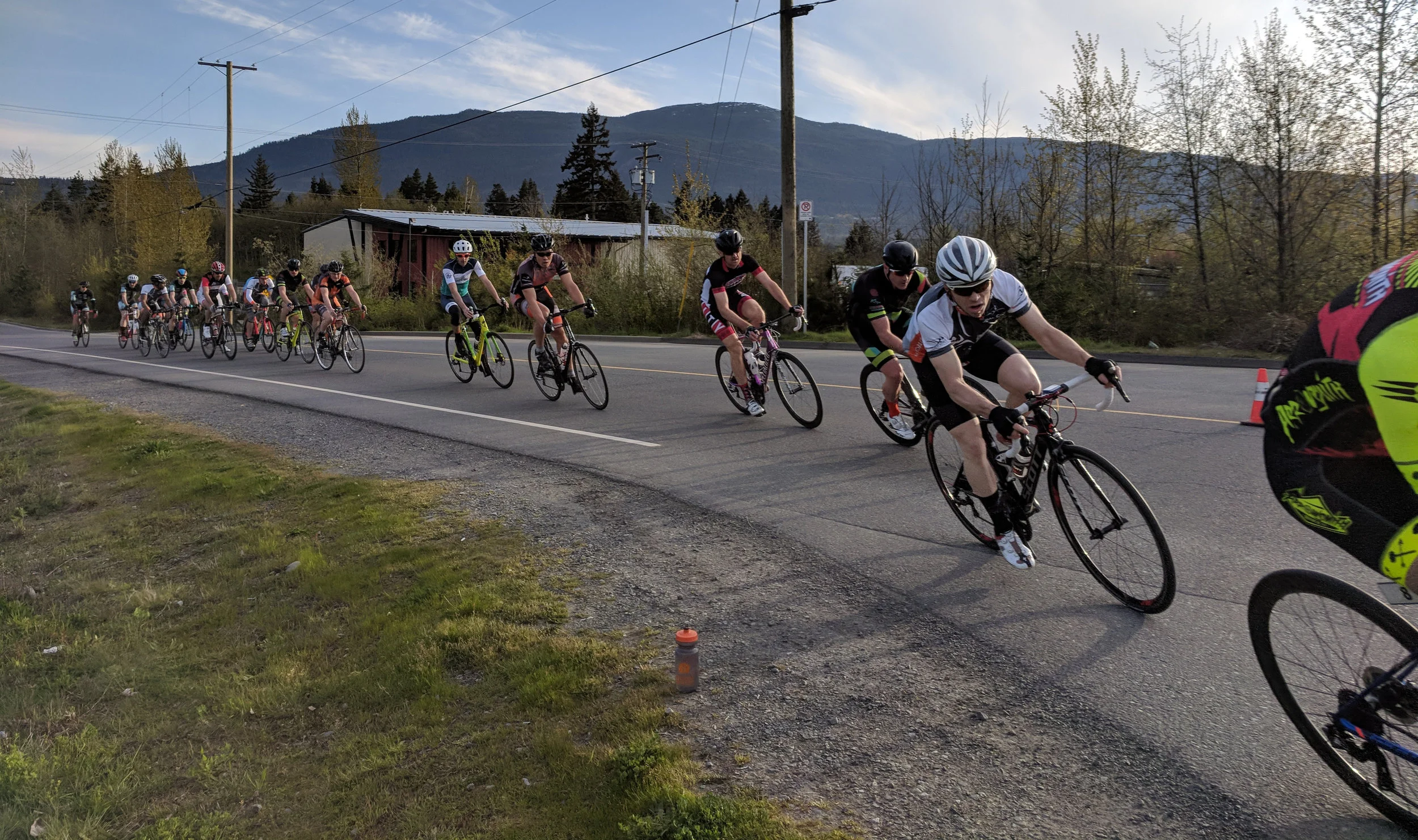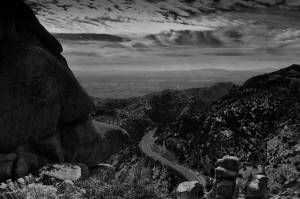 Penny-farthing, high wheel, high wheeler, and ordinary are all terms used to describe a type of bicyclewith a large front wheel and a much smaller rear wheel that was popular after the boneshaker, until the development of the safety bicycle, in the 1880s. They were the first machines to be called "bicycles".
Although they are now most commonly known as "penny-farthings", this term was probably not used until they were nearly outdated; the first recorded print reference is 1891 in Bicycling News.[3] It comes from the British penny and farthing coins, one much larger than the other, so that the side view resembles a penny leading a farthing. For most of their reign, they were simply known as "bicycles". In the late 1890s, the term "ordinary" began to be used, to distinguish them from the emerging safety bicycles, and this term or Hi-wheel (and variants) is preferred by many modern enthusiasts.
Penny-farthing, high wheel, high wheeler, and ordinary are all terms used to describe a type of bicyclewith a large front wheel and a much smaller rear wheel that was popular after the boneshaker, until the development of the safety bicycle, in the 1880s. They were the first machines to be called "bicycles".
Although they are now most commonly known as "penny-farthings", this term was probably not used until they were nearly outdated; the first recorded print reference is 1891 in Bicycling News.[3] It comes from the British penny and farthing coins, one much larger than the other, so that the side view resembles a penny leading a farthing. For most of their reign, they were simply known as "bicycles". In the late 1890s, the term "ordinary" began to be used, to distinguish them from the emerging safety bicycles, and this term or Hi-wheel (and variants) is preferred by many modern enthusiasts.
About 1870, James Starley, described as the father of the bicycle industry, and others began producing bicycles based on the French boneshaker but with front wheels of increasing size, because larger front wheels, up to 1.5 m (60 in) in diameter, enabled higher speeds on bicycles limited to direct drive. In 1878, Albert Pope began manufacturing the Columbia bicycle outside of Boston, starting their two-decade heyday in America.
Although the trend was short-lived, the penny-farthing became a symbol of the late Its popularity also coincided with the birth of cycling as a sport. There are still many of these unwieldy bikes around the world and a number of enthusiasts actually compete in races. Here is a video of penny farthing races held in Evandale, Tasmania every year.






